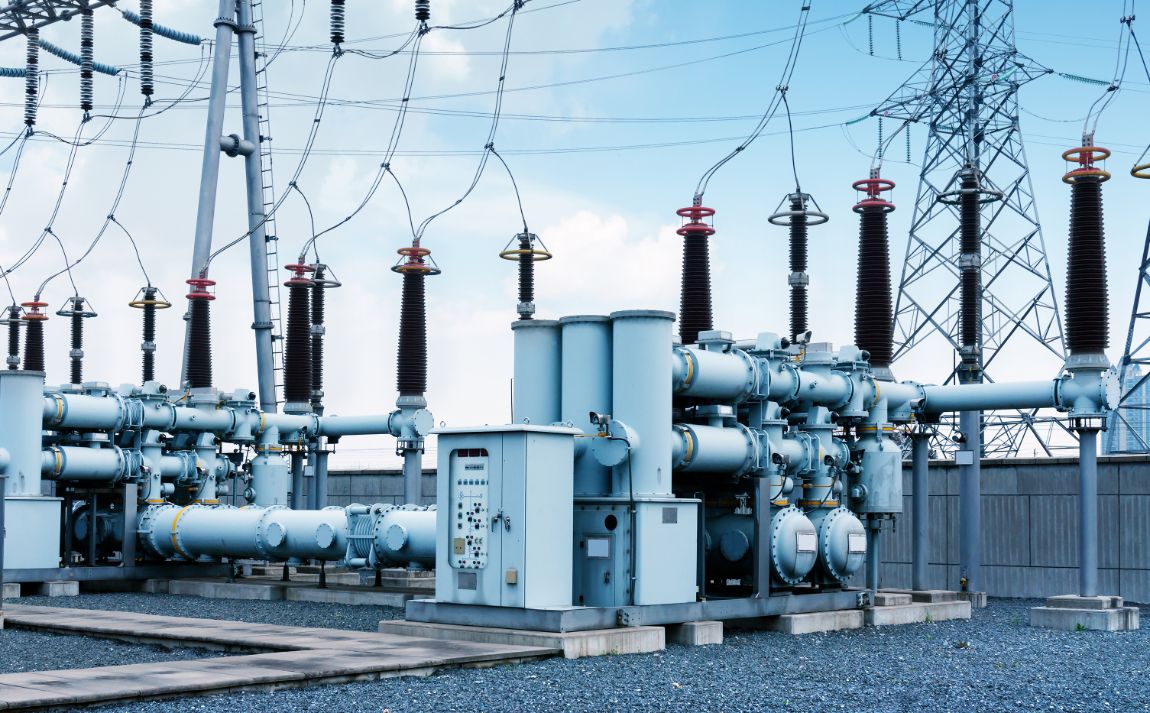- 关于我们
- 数据网络
- 通信基础设施
- 产品
-
资源中心
- 资源中心
- 文件中心
- Blog
-
成功案例
- Overview
- Innoasis development in Norway
- Eemsdelta Campus
- Hotelschool The Hague
- Emergency covid hospital, Hong Kong
- Société du Grand Paris
- Centrin Datacentres
- Airbus
- Athens Historic City Hall
- Pinewood Studios
- Goethe University Frankfurt
- Denmark New University Hospital
- 图卢兹大学
- CHM Maubeuge: a model for future-ready hospitals
- 英文博客
- 软件工具
- 质保
- 新闻及动态
- 查找
- 联系我们
- Compare
- 登录
工业
Smart Grids: rethinking energy distribution for the future


Improving performance with dedicated solutions for widely dispersed two-way power and communications networks
Strain on electrical infrastructure
In 1882, Thomas Edison wrapped copper rods in jute, placed them in rigid pipes filled with a bituminous compound, and distributed power to 59 people in New York City. At that time, just a handful of the 1.5 billion people on the planet had access to electricity. Today, however, that figure has risen to 6.7 billion.[1] This growth is placing considerable strain on existing electrical infrastructure, which is often decades old. However, population growth isn’t the only factor. Relatively new inventions are using huge amounts of power – the internet, for example, consumes 10% of the world’s electricity.[2] Furthermore, the way in which electrical grids are designed and built needs to change, as more and more households produce energy that they can share, for example using solar panels. Electrical generation is growing four times faster than available transmission and distribution infrastructure can handle. Previously, relatively small numbers of power plants would be built close to fossil fuel resources, but owing to the rise of photovoltaic and wind power energy is produced at far more locations, which can be far apart.
[1] https://www.iea.org/newsroom/news/2018/october/population-without-access-to-electricity-falls-below-1-billion.html
[2] https://cornucopia.cornubot.se/2019/02/internet-drar-10-av-varldens.html?m=1
Get ready for the future of power with the right infrastructure!
Transitional power systems are designed to support large plants that serve remote consumers via a transmission and distribution system that is essentially one-way. Today’s power grids, however, need to be more flexible and configurable, to accommodate changes, increase efficiency, and become future-ready and more sustainable. Smart Grids provide a solution to these challenges. A Smart Grid is essentially an electrical supply network that can flexibly respond to changes in demand and usage by using digital communications technology. The EU Commission Task Force for Smart Grids defines a Smart Grid as “an electricity network that can cost efficiently integrate the behaviour and actions of all users connected to it.” Key benefits include two-way communication, flexible network topology, reliability, efficiency, sustainability and the possibility of introducing new business models.
How to support innovations in creating and distributing electricity
Several challenges are associated with Smart Grids. Security is paramount, for example. Both electricity and information flows need to be two-way. Distributed computing and communications are needed to ensure information is exchanged in real time. Reducing operation and generation costs is only possible if power flow can be optimised. Achieving this requires more than just cables. It requires advanced types of control and management technologies, new kinds of network services, and an overall approach which combines new monitoring and control infrastructures embedded in transmission/distribution networks and information and communication technologies to control loads.
Our LANactive Industry Solutions have been designed specifically for Smart Grids, offering the highest network availability and security, advanced redundancy features, easy maintenance, interoperability with third party vendors and a high power budget for PoE+ (IEEE802.3at). Besides intelligent switches and cabling we also offer training, testing, simulation, warranties and consulting services as well as a range of high-capacity conductors and accessories for all climates. The NEXMAN Network Management Tool, a configuration and management platform for all Nexans switches, acts as a controller for SDN based switch configuration.
IEC 61850 communication requirements, which apply to all parts and products of power utilities - including end devices, control equipment, data network and SCADA - strongly advice HSR and PRP redundancy features. These protect digital communications applications among Smart Grids and can be realised with our solutions for sensing and digital communications, using hybrid power and fibre-optic cables that provide important multifunction capacity for enhanced monitoring and control.
In a world in which more people have access to power, sustainability is paramount, and power is generated in more locations, Smart Grids are the way ahead. However, these require a completely different approach to traditional power networks. A wide array of technologies and disciples need to be brought together in an integrated way. Are you planning or working on a Smart Grid infrastructure project? Nexans can provide everything from consulting to hardware and software, inspired by our experience with Smart Grid projects around the globe!
Categories
我们的网站
选择你的国家查找我们的产品和解决方案
-
Africa
- Africa
- Ghana
- Ivory Coast
- Morocco
- North West Africa
- Americas
- Asia
- Europe
- Oceania
